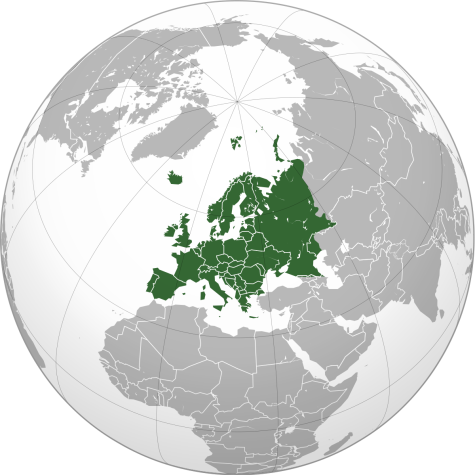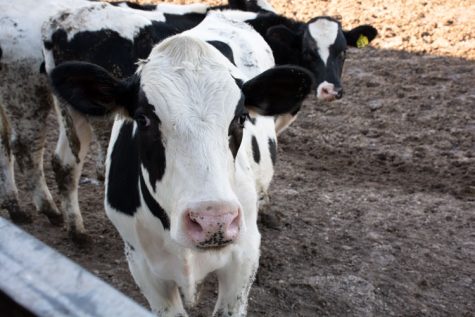Researchers from University of Vermont discover cannabis’ origins
The study indicates that cannabis may have originated millions of years ago on the northeastern Tibetan Plateau
The cannabis plant’s roots extend far beyond the soil in which they grow. In fact, scientists may have finally traced the plant’s origins back to ancient China in 930 CE. Thanks to a new paper released following a study conducted by researchers from the University of Vermont, “cannabis flourishes in steppe – an open, treeless habitat.”
An ecoregion in the Northeastern Tibetan Plateau is where the plant first sprouted, according to the researchers, who carried out the study to clear up confusion regarding the geographical origin of cannabis; something the team claims to possess pressing evidence for.
“Despite a voluminous literature emerging in the last three decades, the classification of cannabis and its center of origin remains under debate,” said the team leader, John McPartland. Regardless, McPartland and his team pinpointed cannabis’ origins to the Tibetan Plateau
Cannabis is indigenous to the Central Asian region
Central Asia has always held on tightly to the roots of the cannabis plant. It’s no secret that it evolved in this part of the world, but thanks to fresh research from the University of Vermont, some new light has been shed on where the plant first sprouted out of Central Asia’s soil and when.
The study indicates that cannabis may have originated millions of years ago on the northeastern Tibetan Plateau. This elevated region sits 4,000-5,000 meters above sea level and is also known as the Himalayan Plateau, the Qinghai–Tibet Plateau or the Qing–Zang Plateau.

According to the researchers, the findings represent a pivotal moment in cannabis research, because it suggests the most plausible answer to a question that has been racking Man’s brain for thousands of years.
Previously, cannabis was believed to have originated somewhere in India or China c. 930 CE. Ancient Chinese emperor Shen Nung documented the first pharmaceutical use of cannabis sometime around 2700 B.C.
Not much else exists in terms of documented cannabis cultivation or use in Central Asia throughout history, due to a lack of print fossils. The team of researchers from the University of Vermont cleverly opted to investigate plant pollen studies as a way of discovering where the plant actually originated and when.
Scientists focused on fossil pollen studies in Asia
A total of 155 fossil pollen studies were assessed by McPartland and his team of researchers. All of the studies focused on data accumulated from Central Asia. The team was presented with obstacles when they discovered that the majority of the studies merged pollen grain data with that of another plant from the Cannabaceae family; the Humulus genus.
Approximately 170 species of plant are included in the Cannabaceae family, including cannabis and hemp. The Humulus genus and the cannabis separated from a single plant almost 30 million years ago. To accurately identify where cannabis’ origin in Central Asia lies, the team used a variable method to generate data that would best resemble the data, had the studies only contained cannabis samples.
To accomplish this task, McPartland and the researchers used ‘ecological proxies’ to distinguish the pollens in accordance with other frequently found plants throughout the Asian region. Many of those plants came from the Artemisia genus, which belongs to the daisy family Asteraceae.

“We bridged the temporal gap between the divergence date and the oldest pollen by mapping the earliest appearance of Artemisia,” wrote the researchers. “These data converge on the northeastern Tibetan Plateau, which we deduce as the cannabis centre of origin, in the general vicinity of Qinghai Lake.”
Six million years after cannabis originated in the Tibetan Plateau, the researchers believed that the plant’s pollen was blown towards the cold peaks of Russia and Europe. Just over a million years ago, it would have arrived in the eastern segment of China.
Home to 18.41 percent of Planet Earth’s residents, China is one of the world’s most populous countries. Europe and Asia (a.k.a. “Eurasia”) constitutes 71 percent of the global population. With so many people residing in this part of the world, it’s not really surprising that the rest of the world has now cottoned on to the widespread uses of cannabis and hemp.
You can read more about the findings of the University of Vermont’s study in Vegetation History and Archaeobotany.









